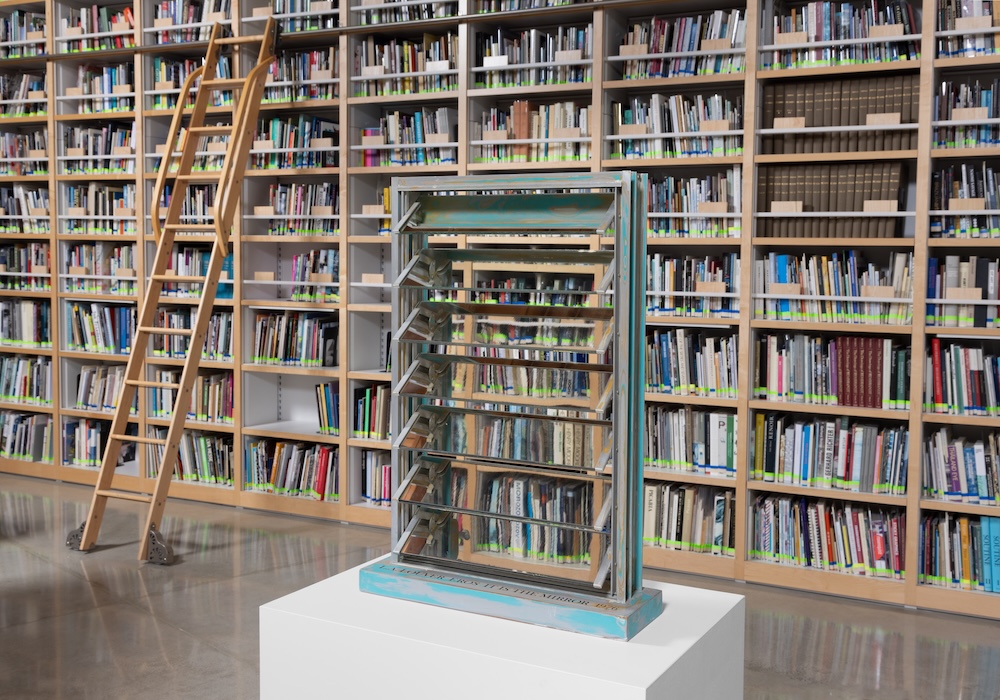LA Louver, one of Los Angeles’s longest-running galleries, will close its physical space in Venice, California, after 50 years and pivot to private dealing.
It is the third notable gallery with a Los Angeles presence to close this year, after Blum and Clearing. Tanya Bonakdar Gallery also closed its LA space this summer, though that enterprise continues to operate out of its base in New York.
For half a century, LA Louver ran its gallery out of Venice, where it maintained a star-studded roster that today counts artists ranging from Edward and Nancy Kienholz to Frederick Hammersley, from Alison Saar to Deborah Butterfield.
Related Articles

“For more than five decades, we have witnessed Southern California’s contributions to national and global arts and culture flourish in unprecedented ways, and we have been grateful for the opportunity to participate in this transformation,” gallery cofounder Peter Goulds said in a statement.
Goulds and his wife, Elizabeth, founded the gallery in 1975, and staged shows for Marcel Duchamp, Charles Garabedian, David Hockney, Larry Bell, and others during the gallery’s first few years. Elizabeth named the gallery after Peter’s version on the Duchamp sculpture Fresh Widow, a small-scale rendition of a French window.
“I thought if you open a halfway decent place, you have something to say, open it where artists live and work, then artists visit other artists, curators visit, collectors visit, critics visit, writers visit,” Peter told Forbes earlier this year. “There was a built-in audience. So you just had to gamble that your program was going to encourage others to come by. And it worked.”
The LA scene was smaller then than it is now, so the gallery ended up becoming a vital component of the city’s ecosystem. Stars of all stripes, from local legends like Ed Ruscha to international stars like Doris Salcedo, would end up showing there.
According to LA Louver’s announcement of its transition on Tuesday, the gallery had mounted more than 660 exhibitions and shown work by more than 430 artists.
The announcement said that the Venice space would continue to host “select” exhibitions open by appointment only, and that the gallery “will increasingly center its activities” on its private warehouse in LA’s West Adams neighborhood.
In an interview with the Art Newspaper, Peter Goulds said that the cost of maintaining a presence at the world’s top art fairs contributed to the gallery’s transition. He said he had thought about “the deterioration of the gallery model” and noted that it cost a total of $600,000 to participate in Art Basel’s editions in Hong Kong and Switzerland, with the gallery showing regularly in the Unlimited section for large-scale works at the latter.
“People have built their financial futures on doing these big fairs, but if 60% of your business comes from that one source, that’s fragile beyond belief. You could go out on a dime with that,” Goulds told the Art Newspaper, adding, “most of the galleries that have opened here in the last few years will not be here five years from now.”
The Huntington, a library, museum, and botanical garden in San Marino, will receive LA Louver’s archive, which contains photography, correspondence, and various documents related to the gallery’s activities.
Christine Nielsen, director of the Huntington’s art museum, said in a statement that the gallery’s archive “captures the vital history of contemporary art in Los Angeles, documenting how artists and ideas here have resonated internationally.”

